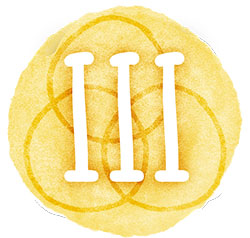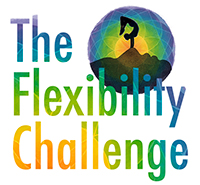Static Stretching
Intro

Core-Concepts
Pick a focus area, lower body or upper body.
Lower Body Options
UPPER BODY OPTIONS
KEY TECHNIQUE
Alongside static stretches, these techniques amplify your gains: isometrics, PNF, passive holds, or resistance training.
To keep it simple, try this contraction‑relax cycle on every hold:
- Inhale & contract all muscles into the stretch position.
- Exhale & relax, gently sinking deeper.
- Inhale & lift slightly—elongate and contract again.
- Exhale & relax, sink further into the hold.
- Repeat steps 1–4 for a total of 10 cycles.
Before You Begin
- Ease into each stretch—never force the end range.
- Focus first on deep breathing, then on perfect form—elongate limbs, square hips, align spine.
- Contracting builds muscle memory so that, even without gravity (e.g. in aerial poses), you’ll know exactly how to engage.
- Watching your shapes—or working with a coach—makes all the difference in refining these subtleties.
- If a stretch feels too intense, back off to a shallower position or revisit your warm‑up.
- Progress comes from mindful holds and controlled relaxation, not rushing to the deepest edge.
Professional Instruction
Nothing beats professional instruction, if you are lucky enough to have access to a flexibility or contortion coach it is always best to add one to your routine. They will also have you doing flexibility routines at home, which can coincide with your flexibility schedule. When you go to your class you can print out a flexibility goal worksheet to show your coach, so they have a better idea of what your goals are.
Beginners: If you have never done any of these stretches before, it is advised that you go to a professional studio where an instructor or coach can spot you and make sure you are doing the stretches properly. They can also help you take photos of your progress.
If there are no studios or instructors in your area, a private online lesson is the next best thing.
Intermediate to Advanced: If you have done these poses before but want to increase your flexibility, I recommend listening to multiple flexibility coaches to learn tips and tricks from different perspectives.
Recommended Routines
- Easy Going or Beginner: 30–60 minutes
- Intermediate: 60-90 minutes
- Advanced: 90–120 minutes
30 Minute Routine
- Warmup
- 1 Dynamic Routine
1 Hour Routine
- Warmup
- 1 Dynamic Routine
- 1 Static Stretch & Pose Routine
- 1-2 Poses
2 Hour Routine
- 2 Warmups
- 2 Dynamic Routines
- 2 Static & Pose Routines
- 2-4 Poses.



